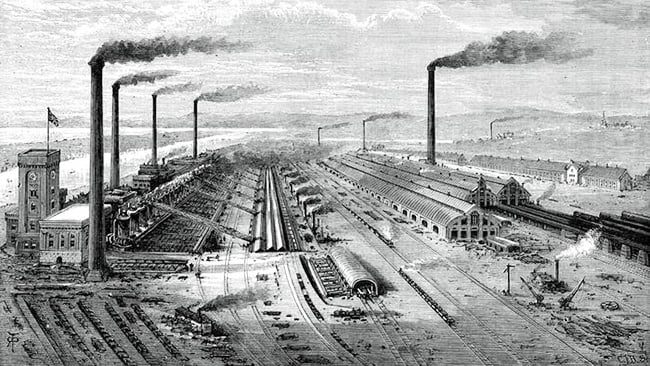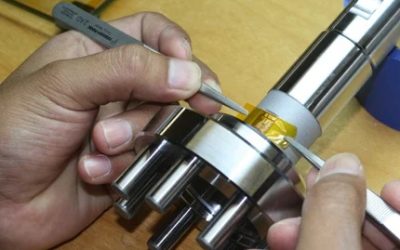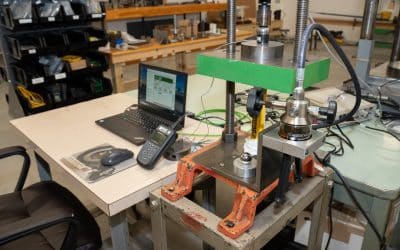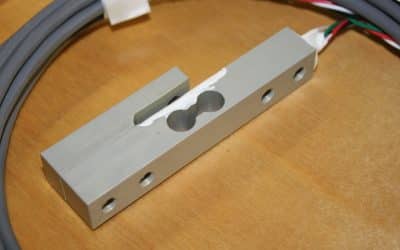Load Cells, Torque Sensors and their Calibration: Basic Facts
Industry Insights
Load Cells, Torque Sensors and their Calibration: Basic Facts

Load
Load cells are standalone sensors that experience the full load or force to be measured. Modern load cells use strain gauge technology to ensure high accuracy and continuous reliability over time. Load cells are linear sensors with overall accuracies in the range of 0.03 to 0.25% of nominal capacity, and come in various shapes, sizes and capacities. Load cells measure loads from a few grams to several million pounds.
Load cells may be used to monitor and/or control any process where weight, force, or load variables are critical. They can be manufactured to operate in harsh conditions including underwater, high and low temperatures (450F to -450F), high magnetic fields, vacuum, and corrosive and radioactive environments. Load cells are used in all industries including medical, oil, automotive, chemical, power, and aerospace.
Torque
Many machine processes involve the turning of parts along the axis of a fixed point. A typical example is the turning of a motor or a wheel on a vehicle or bicycle to produce movement. Torque is the variable that effects this movement to accomplish a desired effect. One of the early uses of torque measurements occurred in 1918, when Conrad Bahr invented the first torque wrench while working at the New York City Water Department. Torque was a critical measurement when assembling and connecting pipes to ensure fasteners were properly tightened.
Modern torque sensors are used to measure twist or torque. Just like load cells, torque cells experience the full torque they are measuring. They also utilize strain gauge technology to produce an electrical signal directly proportional to the measured torque and can be manufactured to operate in all of the same conditions as load cells. Torque sensors can be used on rotating and stationary equipment.
Calibration
In order to keep these measurement instruments working properly, confirm their accuracy, and determine their performance characteristics, it is important to load cell calibrations and torque sensor calibrations periodically to their required specifications. Calibrations consist of comparing a known signal from a standard to the signal of the sensor being calibrated. The performance characteristics of the instrument under calibration can then be determined and use to accurately operate the sensor. A typical calibration interval for load cell calibration and torque sensor calibration is one year.
Load cells and torque sensors are used to ensure the proper operation of machines, controlling industrial processes, and measure the reliability and uniformity of manufactured products. Their versatility, accuracy, ample selection, and ability to operate in all environments make them indispensable cogs in the wheels of 21st century technology.
Industry Insights
Environmental Factors That Affect Strain Gauge Performance — and How to Protect Your Measurements
Strain gauges are extremely useful for precise stress and strain...
The Importance of Calibration in Long-Term Sensor Performance
Precision sensors such as load cells, torque sensors, and strain gauges...
Load Cell vs. Pressure Transducer: Understanding the Difference
When it comes to measuring force, weight, or pressure, two of the most...



